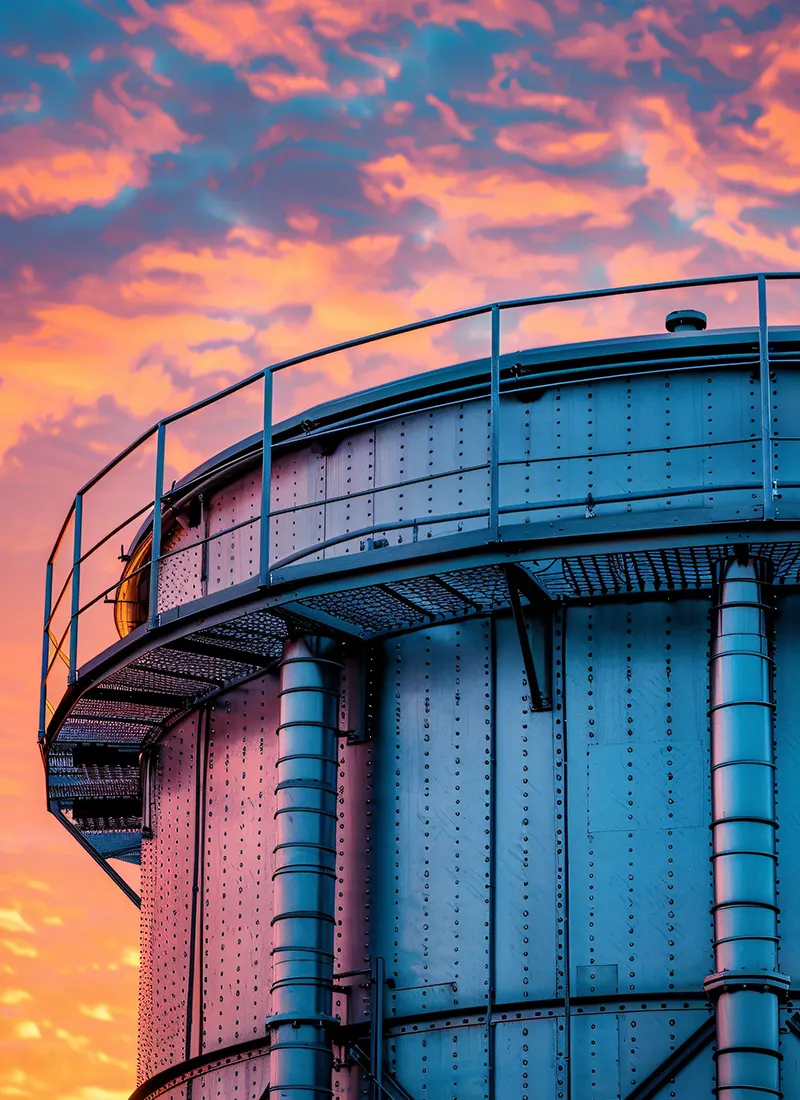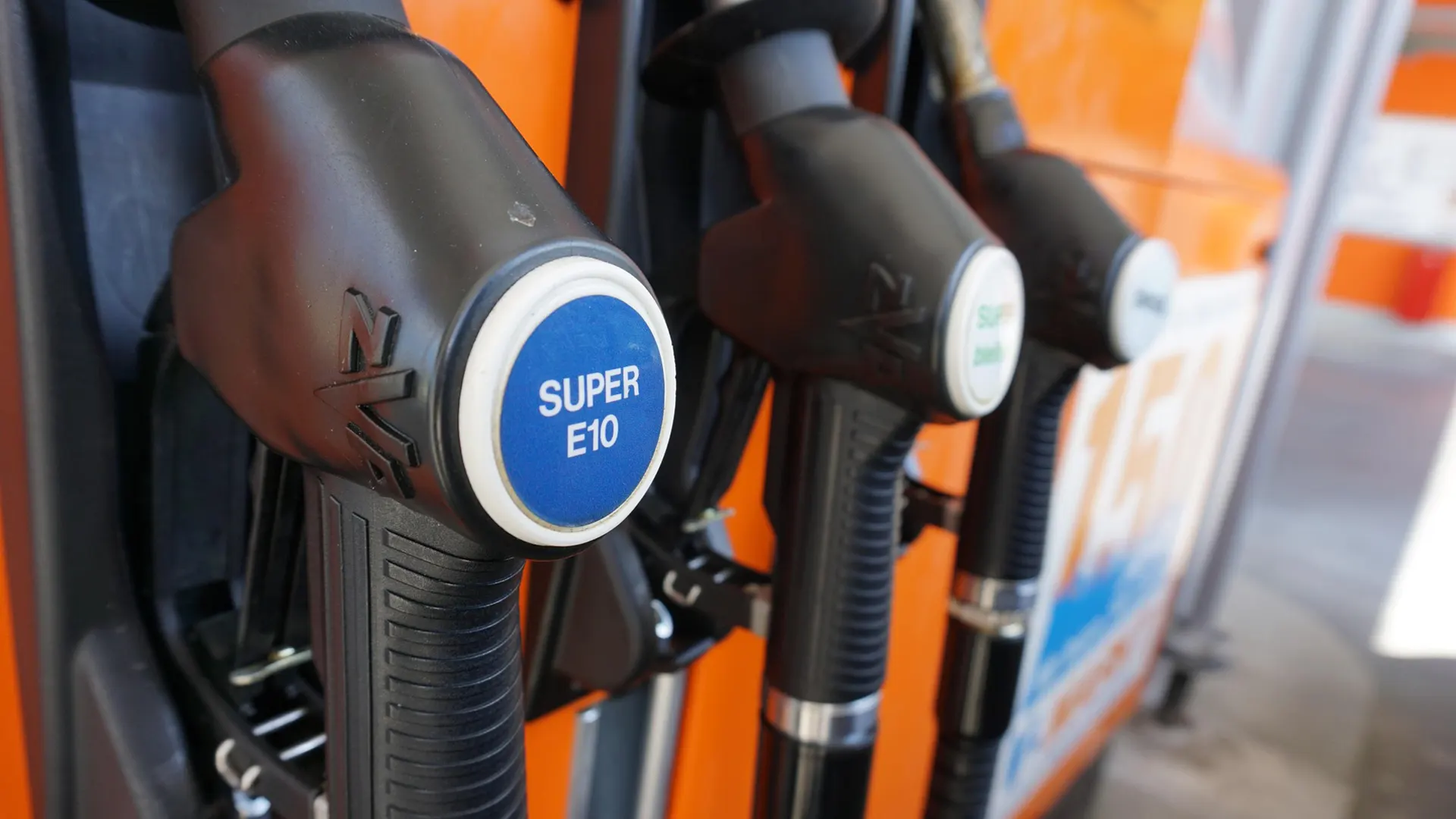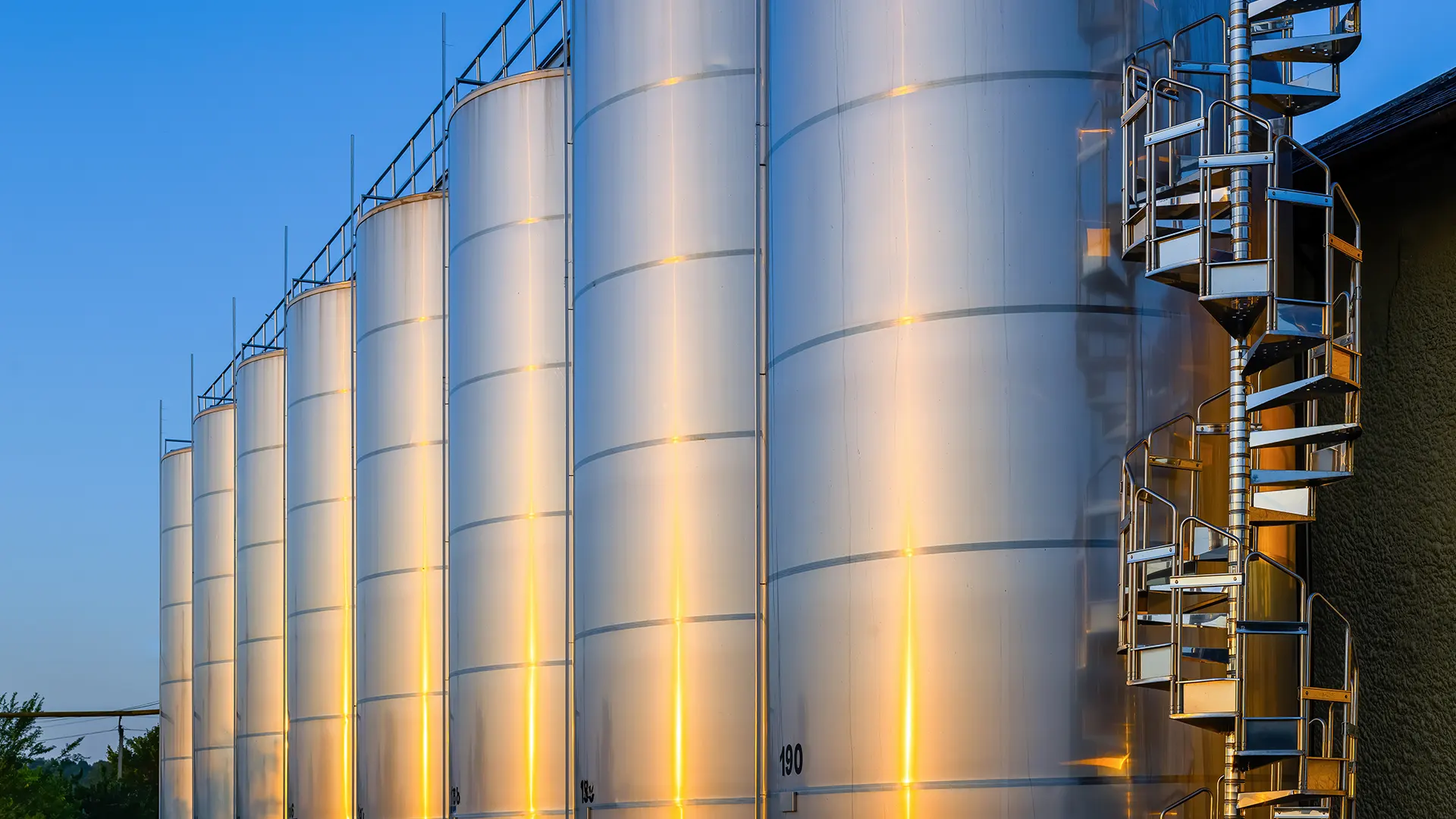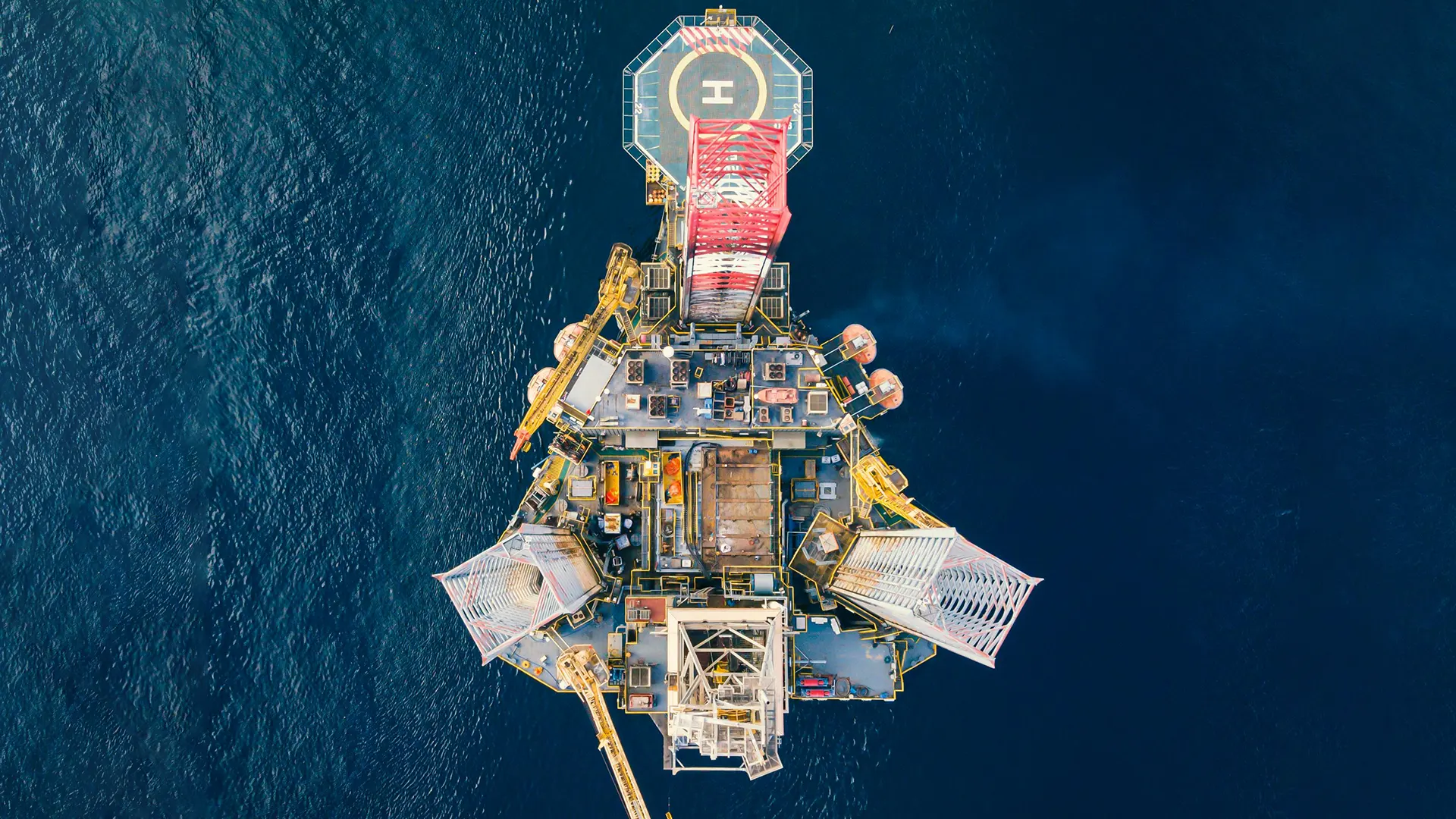From Road to Industry
All About Gasoline 87/92
Gasoline 87 and 92 are premium automotive fuels engineered for optimal engine performance and efficiency. Gasoline 87 (regular) provides cost-effective, reliable combustion for standard vehicles, while Gasoline 92 (premium) delivers higher octane levels to prevent knocking in high-performance engines. Both grades feature low sulfur content (<10ppm) and advanced detergent additives to reduce emissions and maintain engine cleanliness. Sourced from Fujairah’s strategic oil hub, our gasoline meets international standards (EN 228/ASTM D4814) and is available for bulk supply to fuel stations, commercial fleets, and marine operators across global markets. With strict quality control and competitive pricing, we ensure consistent fuel performance for every application.
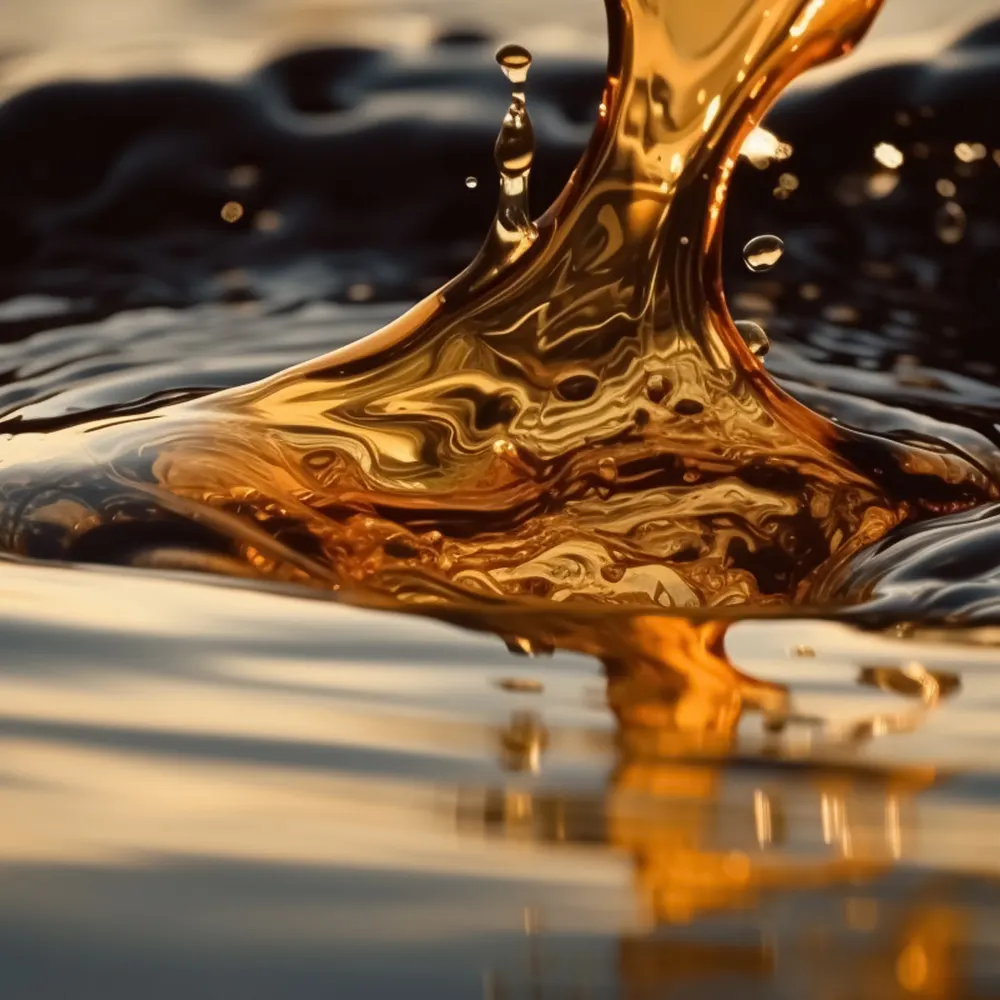
From Commute to Cruise
Gasoline 87/92 Applications & Uses
Gasoline in the 87-92 octane range is primarily designed for use in gasoline-powered internal combustion engines. Here are some common applications:
Meeting the Demands of Modern Engines
Gasoline 87/92 Specifications
Gasoline, regardless of octane rating, must meet stringent industry standards and regulatory requirements to ensure consistent performance, environmental protection, and engine compatibility. Here are some key specifications relevant to gasoline in the 87-92 octane range:
Seamless Supply, Unwavering Reliability
Supply & Delivery
PETRODO ENERGY is strategically located in Fujairah, a major oil trading hub, providing us with access to a reliable and consistent supply of high-quality Gasoline. Our advantageous position enables us to offer competitive pricing and flexible delivery options to our customers.

